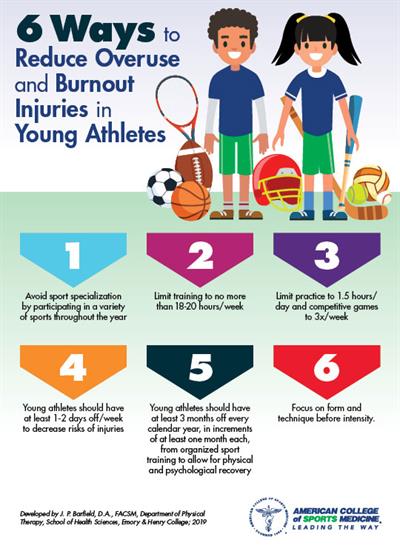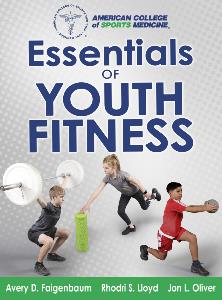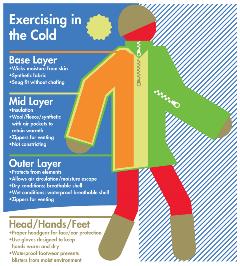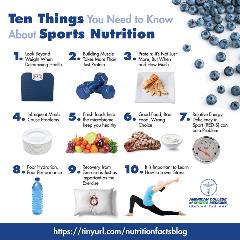 Early sport specialization (year-round training in a specific sport with the exclusion of other sports) has been gaining popularity with the perceived value of college athletic scholarships and professional sports salaries. The theory that the earlier a child focuses on a sport, the earlier he/she will become an expert is simply not accurate for most sports. To maximize Long Term Athletic Development (LTAD), young athletes benefit more from developing well-rounded fundamental motor skills such as running, jumping and throwing which are a cornerstone of most sports. Physical and mental maturation are also important for LTAD in sports involving complex, high-speed movements which require strength.
Early sport specialization (year-round training in a specific sport with the exclusion of other sports) has been gaining popularity with the perceived value of college athletic scholarships and professional sports salaries. The theory that the earlier a child focuses on a sport, the earlier he/she will become an expert is simply not accurate for most sports. To maximize Long Term Athletic Development (LTAD), young athletes benefit more from developing well-rounded fundamental motor skills such as running, jumping and throwing which are a cornerstone of most sports. Physical and mental maturation are also important for LTAD in sports involving complex, high-speed movements which require strength.
Here are the top ways to maximize Long Term Athletic Development in children and youth below 13 years of age.
1. Avoid sport specialization by participating in a variety of sports throughout the year (American Academy of Pediatrics). Exposing children to multiple sports allows the body to recover during the year and develop neural pathways needed for elite sport. Focusing on only one sport increases risk of drop out without increasing collegiate- or professional-sport success (American Orthopedic Society for Sports Medicine).
2. Limit total training to no more than 18-20 hours per week (Boston Children’s Hospital, Division of Sports Medicine). Overtraining increases risk of injury, mental stress, and mental fatigue. As a result, up to 70% of children drop out of competitive sport by the age of 13.
3. Young athletes should limit practice to 1.5 hours per day and competitive games to threetimes a week (National Alliance for Youth Sports). Select- and travel-teams often engage in multiple competitions during weekend tournaments but this competition structure is more appropriate for adult athletes than youth.
4. Young athletes should have at least one to two days off per week to decrease risks of injuries (American Academy of Pediatrics). A child’s body is not developmentally ready to sustain daily training and is therefore much more likely to sustain activity-related injuries.
5. Young athletes should have at least three months off every calendar year, in increments of at least one month each, from organized sport training to allow for physical and psychological recovery (American Academy of Pediatrics). Even high school athletes who specialize in one year-round sport are more likely to sustain an injury compared to athletes who train for multiple sports during the year (National Federation of High Schools).
6. Focus on form and technique before intensity. Children and youth do not adapt to training in the same ways as adults. There is great value in training at lower intensities with the goal of training the nervous system to perform movements more efficiently. As a rule, as training hours increase for a given week, training intensity should decrease. If you are uncertain “how much” is “too much,” a good rule of thumb is to limit training hours per week to a child’s age. A healthy athlete is a happy athlete.
Download the Infographic
Developed J. P. Barfield, D.A., FACSM, Department of Physical Therapy, School of Health Sciences, Emory & Henry College; 2019.
Download More Popular Resources

Essentials of Youth Fitness | Download

Cold Weather Clothing Infographic

Ten Things You Need to Know About Sports Nutrition